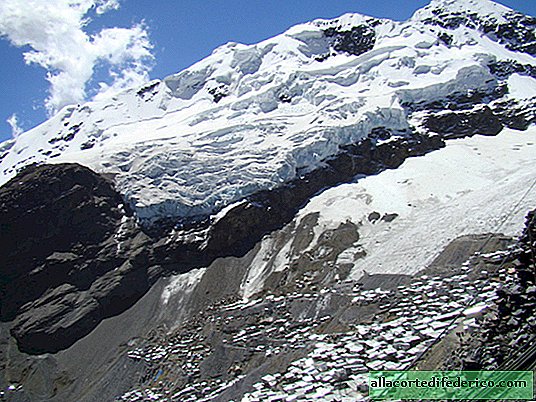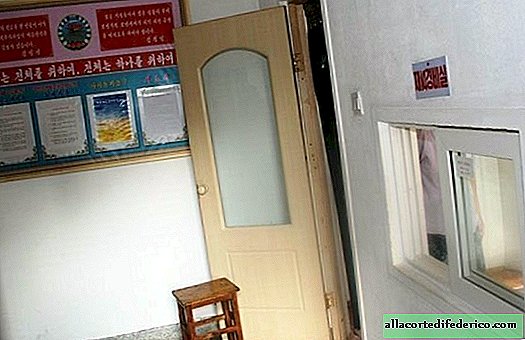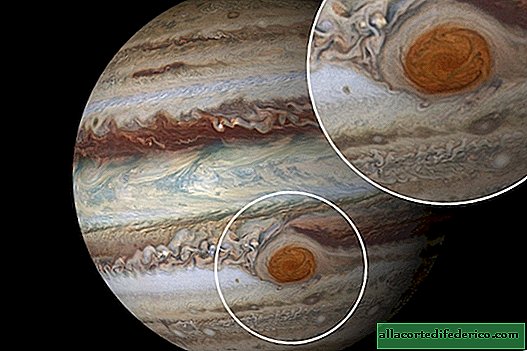Scientists have discovered the secret of the strength of ancient Roman concrete
The ancient Romans built in the literal sense for centuries. "Water pipe, worked by the slaves of Rome," or the famous Roman roads, not to mention buildings, some of which are perfectly preserved ... What is the secret of such durability? Scientists have long understood that the fortress of ancient Roman buildings provides concrete. But here is what makes the concrete itself so strong ... Recently, scientists seem to have figured out this secret: it is all about sea water.
Creative volcanoes
Of course, concrete was known even before the Romans - a solution of sand, cement and water was used by the ancient Greeks. However, it was in the Roman Empire that this building material was improved and used everywhere. The Romans reinforced concrete walls with bricks and stone, built from it bridge piers, arches and domes of temples, as well as other buildings.

In the photo: The perfectly preserved Gare bridge (Pont du Gard) in Provence (France), built in 19 BC
In many ways, the strength of Roman concrete, which in many respects surpasses modern samples, is explained by special cement - an astringent. As it was used in Rome, the so-called pozzolan - a mixture of lime and volcanic ash.
However, the strength of ancient Roman buildings cannot be explained by this alone. Researchers at the University of Utah recently found another reason why bridges and roads from the Roman Empire still feel pretty good. The reason, in their opinion, is that the Romans did not use ordinary water, but sea water. Its presence in concrete continued to strengthen it even after it hardens.
Mineral water
Scientists have studied the recipe for a building mixture, which in 30 AD was made by the famous Roman architect Mark Vitruvius. In addition to volcanic rocks, ash and lime, he also included sea water. The mixture was placed in a wooden mold and further immersed in sea water.
Similar concrete was used in the construction of buildings in the harbor of Pozzuoli in Naples. Researchers have drilled holes in these structures - cores to examine the current state of concrete.

Pictured: Dungeons of the Flavian Amphitheater, Pozzuoli
It turned out that sea water washes out volcanic dust microparticles from a solution. But this does not make concrete less durable - on the contrary, a special mineral, tobermorite, fills the empty spaces. He fastens the concrete, turning it into a monolith, which is not afraid of millennia. In addition, scientists found that seawater interacts with particles of volcanic ash, forming phillipsite - another mineral that further enhances the strength of concrete.

















